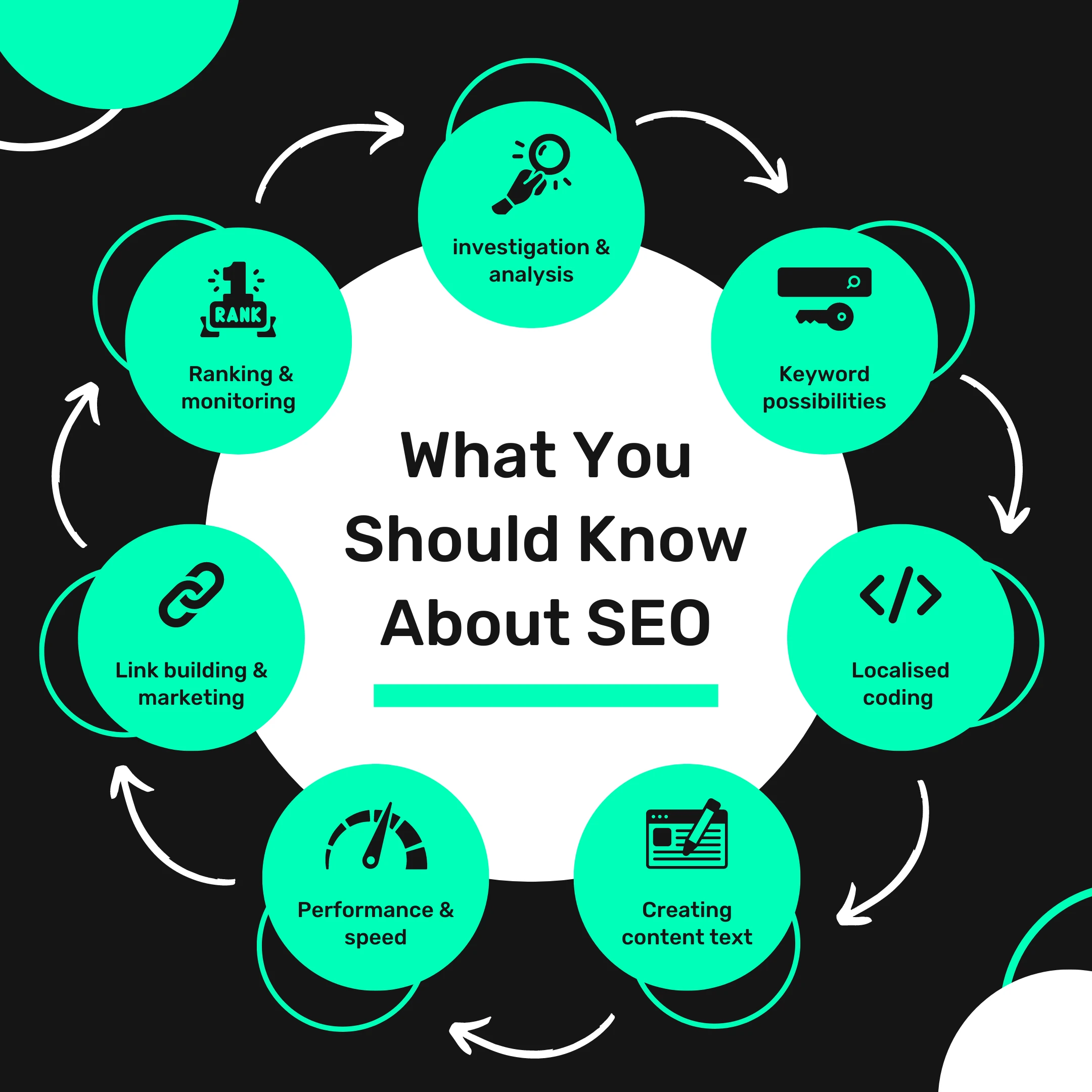

In today’s digital landscape, content creation has become a powerful tool for businesses to connect with their target audience and drive engagement. Unlocking the true potential of content creation requires a strategic approach that not only captivates readers but also boosts SEO rankings. This is where the art of crafting compelling content meets the science of search engine optimisation. By understanding the needs and preferences of your audience, you can create content that resonates with them on a deeper level. But it doesn’t stop there. To truly unlock the power of content creation, you need to optimise your content for search engines, ensuring that it reaches the right people at the right time. In this article, we will explore proven strategies to create content that not only drives engagement but also boosts your SEO rankings. From keyword research and on-page optimisation to creating shareable and link-worthy content, we will dive deep into the world of content creation and discover how it can propel your business to new heights. Get ready to unlock the power of content creation and take your online presence to the next level!
In today’s digital age, content creation has become a vital component of every successful business strategy. High-quality content helps businesses establish their authority, build trust with their target audience, and drive engagement. By consistently delivering valuable and informative content, businesses can position themselves as industry leaders and attract a loyal following.
Furthermore, content creation plays a crucial role in driving organic traffic to websites. Search engines prioritise websites that consistently produce fresh and relevant content. By regularly publishing high-quality articles, blog posts, and other forms of content, businesses can improve their search engine rankings and increase their visibility to potential customers.
In addition to attracting new visitors, content creation also helps businesses nurture existing leads and customers. By providing valuable information and insights, businesses can keep their audience engaged and encourage repeat visits. This, in turn, can lead to increased brand loyalty, customer satisfaction, and ultimately, higher conversions.
To fully unlock the power of content creation, it’s essential to understand the connection between engagement and SEO rankings. While creating content that resonates with your audience is crucial for driving engagement, optimising your content for search engines is equally important for improving your SEO rankings.
Engagement metrics such as time on page, bounce rate, and social shares are used by search engines to determine the relevance and quality of your content. When users spend more time on your website, share your content on social media, and interact with your posts, it signals to search engines that your content is valuable and should be ranked higher in search results.
On the other hand, optimising your content for search engines ensures that it is discoverable by your target audience. By incorporating relevant keywords, optimising on-page elements, and building high-quality backlinks, you can improve your website’s visibility in search engine results pages (SERPs) and attract more organic traffic.
To unlock the true power of content creation, it’s crucial to have a well-defined strategy in place. Here are some key elements to consider when developing your content creation strategy:
Conducting Keyword Research for Content Creation
Keyword research is the foundation of any successful content creation strategy. By identifying the keywords and phrases that your target audience is using to search for information, you can create content that aligns with their needs and preferences.
Start by brainstorming a list of relevant topics and then use keyword research tools to identify high-volume and low-competition keywords. Incorporate these keywords naturally into your content, including in the title, headings, and throughout the body of your articles. This will help search engines understand the relevance of your content and improve your chances of ranking higher in search results.
Once you have identified your target keywords, it’s time to craft engaging and informative blog posts. Start by outlining your content and organising your thoughts. Break your content into sections and include subheadings to improve readability and make it easier for readers to skim through your article.
When writing your blog posts, focus on providing value to your audience. Share your expertise, insights, and unique perspectives on the topic at hand. Use storytelling techniques, examples, and visuals to make your content more engaging and memorable.
Remember to keep your writing style conversational and easy to understand. Avoid using jargon or technical terms that may alienate your audience. Instead, strive to create content that is accessible to readers of all levels of expertise.
Optimising your content for search engines goes beyond incorporating keywords. It’s important to optimise on-page elements to improve your chances of ranking higher in search results.
Start by optimising your meta tags, including the meta title, meta description, and URL. These elements provide search engines with information about the content of your page and should be concise, descriptive, and keyword-rich.
Next, optimise your headings. Use H1 tags for your main title and H2 tags for subheadings. Incorporate relevant keywords into your headings to signal the topic of your content to search engines.
Finally, make sure your content is formatted correctly. Use bullet points, numbered lists, and bold text to highlight important information. Break up your content into shorter paragraphs to improve readability and make it easier for readers to digest.
In today’s visually driven world, incorporating visual content into your strategy is essential for driving engagement and boosting SEO rankings. Visual content, such as images, infographics, and videos, not only makes your content more appealing but also helps convey information in a more digestible and memorable way.
When creating visual content, make sure it is relevant to your topic and enhances the overall message of your article. Optimise your images by compressing them to reduce file size and adding alt tags that describe the content of the image. This will help search engines understand the context of your visual content and improve your chances of ranking higher in image search results.
Social media platforms offer a powerful channel for promoting your content and driving engagement. By sharing your content on platforms like Facebook, Twitter, LinkedIn, and Instagram, you can reach a wider audience and encourage social shares, comments, and likes.
When promoting your content on social media, focus on creating compelling captions and headlines that grab attention. Use relevant hashtags to increase visibility and encourage users to share your content with their own networks.
Engage with your audience by responding to comments and messages promptly. Encourage discussions and ask for feedback to foster a sense of community and build stronger relationships with your followers.
To truly unlock the power of content creation, it’s important to continuously monitor and analyse the performance of your content. This will help you identify what works and what doesn’t, allowing you to refine your strategy and create even more engaging and effective content in the future.
Use analytics tools to track important metrics such as page views, time on page, bounce rate, and social shares. Analyse the data to identify trends and patterns. Are there certain topics that resonate more with your audience? Which channels are driving the most traffic and engagement? Use these insights to inform your future content creation efforts and make data-driven decisions.
Unlocking the power of content creation requires a strategic approach that combines engaging and informative content with SEO optimisation techniques. By understanding the needs and preferences of your target audience, conducting thorough keyword research, and optimising your on-page elements, you can create content that drives engagement and boosts your SEO rankings.
Incorporating visual content, leveraging social media for content promotion, and continuously monitoring and analysing your content performance will further enhance the effectiveness of your content creation strategy.
Remember, content creation is not a one-time effort. It requires consistency, creativity, and a commitment to providing value to your audience. By investing in a strong content creation strategy, you can position your business as a thought leader, attract a loyal following, and drive long-term success in today’s digital landscape. So, unlock the power of content creation and watch your online presence soar to new heights!
Contact our content creators at LeadOn Design to benefit of the ultimate content creation to boost your business.


